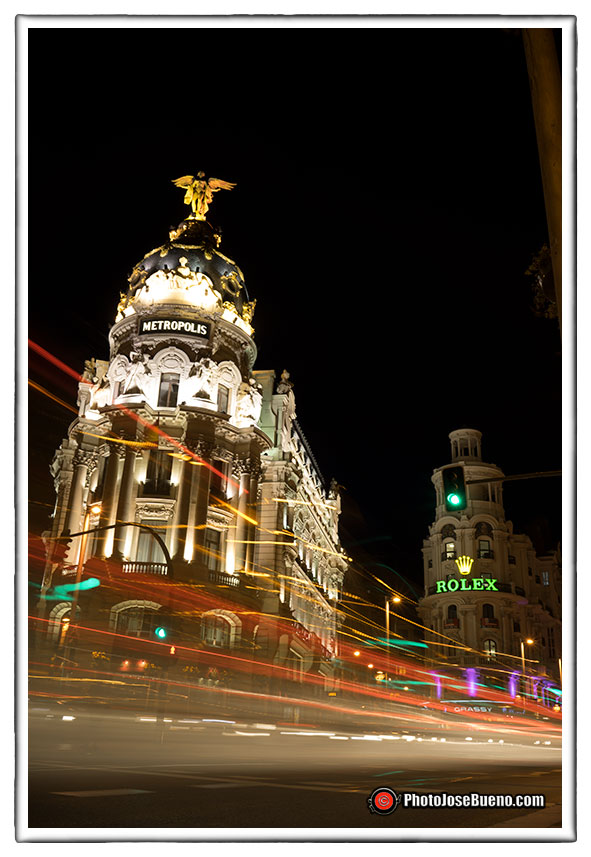
Sony A7R – Sony FE 35mm F2.8 ZA Carl Zeiss Sonnar T* – 5s – f:11 – ISO 50
Hace unas semanas me dejaron para probar las tres ópticas que el fabricante Carl Zeiss ha diseñado para las Sony full frame A7 y A7R. Unas ópticas con el apellido ZA y fabricadas nada menos que por la mítica marca de origen Germano Carl Zeiss y eso ya es garantía de calidad. He de reconocer que soy un enamorado de las ópticas Zeiss y Leica aunque no sean “Made in Germany” ya que lo que garantiza una buena calidad normalmente es el diseño y los procesos de fabricación. Ya se que los puristas hablan de los cristales alemanes etc, etc. pero también hay quién se ha molestado en analizar la composición de esos cristales y al final es más de lo mismo y la calidad de funcionamiento, tolerancias, etc. la dan esos procesos de calidad.
Dicho eso, tenía mucha curiosidad por ver el comportamiento de éstas tres ópticas y si he de ser sincero tenía mi propio pre-análisis con tan solo ver aperturas, etc. Te adelanto que después de la prueba, he sacado varias conclusiones e incluso he cambiado el orden de preferencia a la hora de comprar y es que ya adelanto que las tres me han gustado mucho pero te agradecería esperes al final para ver mis conclusiones. También me he atrevido a realizar comparaciones y como se suele decir, las comparaciones son odiosas pero no me queda más remedio que compartir lo que he probado.
Empezaré por:
El Sony FE 35mm F2.8 ZA Carl Zeiss Sonnar T*

Este objetivo ideal para la street photography no me convencía mucho por su luminosidad y es que un f:2.8 me parecía escaso en comparación con el famoso Leica M Summicron 2.0.
Después de probarlo durante unos días he de reconocer que esta óptica me enamoró y es que su peso, su tamaño y su calidad lo convierten en el objetivo que compraría con la cámara. Se que es una óptica a la que como cualquier angular hay que adaptarse pero ese proceso hace años que lo superé aun siendo un enamorado de los teleobjetivos.

El Zeiss 35 es muy nítido en el centro en todas las aperturas, incluida f:2.8 y cae un poco en las esquinas a máxima apertura pero en comparación con el Leica 35 f:2.0 a igual diafragma, en general y especialmente en las esquinas, El Zeiss gana por goleada y es que las ópticas para Leica M fueron diseñadas para estar muy cerca de la película y en la actualidad del sensor y eso quizás no es lo mejor para las full frame como es la Sony A7/A7R.
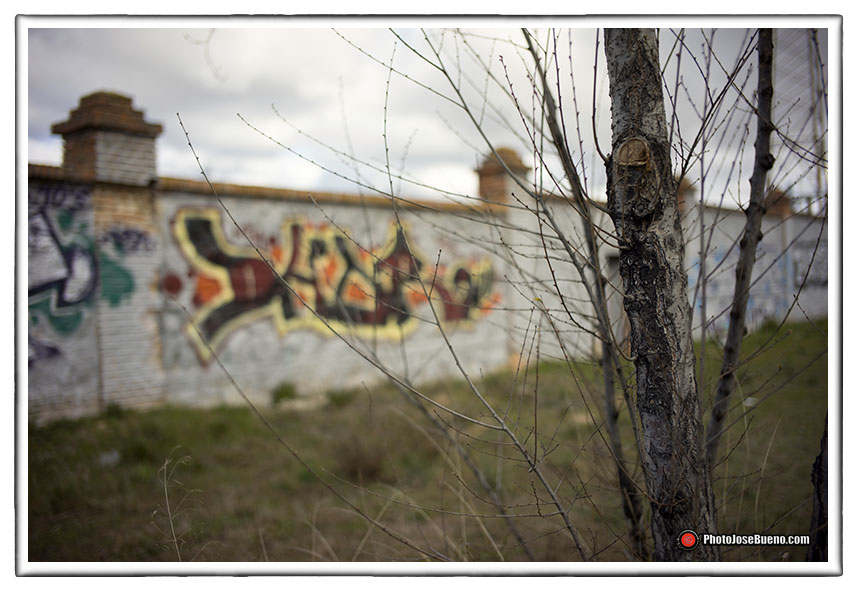
Sony A7R – Leica Summicron 35mm. – 1/200s – f:2.8 – ISO 100
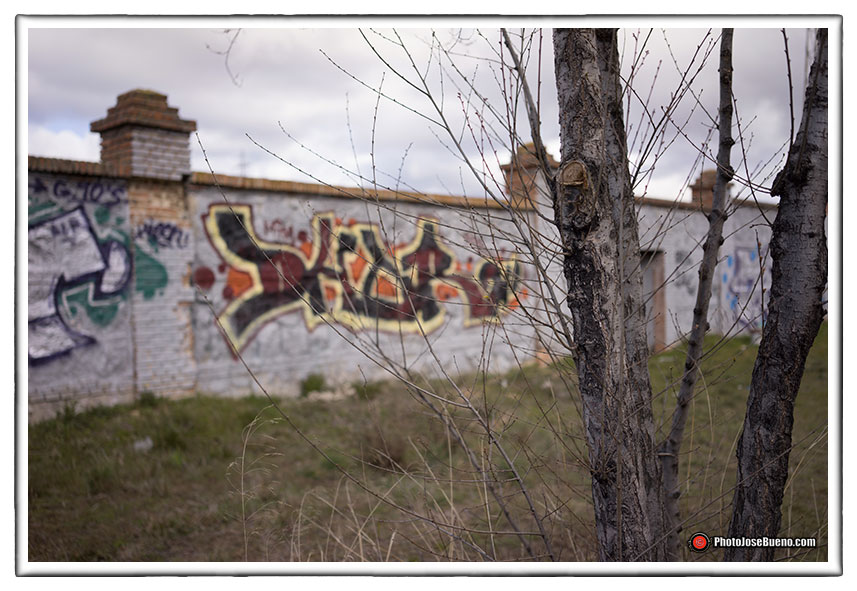
Sony A7R – Sony FE 35mm F2.8 ZA Carl Zeiss Sonnar T* – 1/200s – f:2.8 – ISO 100
El viñeteado del Zeiss es poco apreciable y más evidente el Leica Summicron por el mismo motivo antes comentado.
El mejor rendimiento del Zeiss 35 con la Sony A7R es cuando utilizamos diafragmas entre f:5.6 y f:8.0
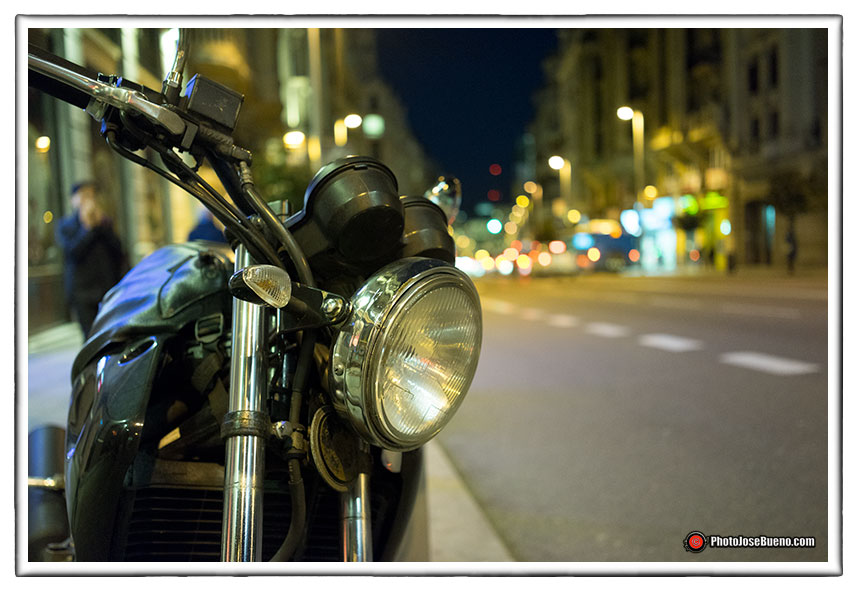
Sony A7R – Sony FE 35mm F2.8 ZA Carl Zeiss Sonnar T* – 1/60s – f:2.8 – ISO 2000
Lo que fue una sorpresa muy agradable es el color. Un color muy fiel con luz natural pues en mi opinión lo que peor funciona en la Sony A7R es el balance de blanco automático en condiciones complicadas de luz pero si la luz es buena tanto la cámara como la óptica Zeiss son excelentes. Aquí también el Zeiss nativo le pegó un repaso al mítico Summicron que siempre ha presumido de ser el mejor a la hora de captar la luz, pero eso es en un cuerpo Leica ya que los colores que salen con una Sony A7R me resultan algo “ácidos”.
Por otra parte una focal f:2.8 es suficiente para trabajar en la noche ya que tenemos dos factores que juegan a favor, uno es poder trabajar con isos altos y el otro en que no hay espejo que provoque vibraciones como en las cámaras réflex. Claro que hubiese sido mejor una focal de f:1.4 pero eso supone peso y tamaño y es que al final nada es perfecto. Si además usamos el objetivo en street photo, lo normal es utilizar diafragmas cercanos a f:8.0 para utilizar el sistema hiperfocal que si no conoces te invito a conocerlo aquí.
El Sony Sonnar T* FE 55mm f/1.8 ZA
Este objetivo se ha hecho famoso por su excesiva nitidez. Además tiene una apertura más que interesante. ¿Pero es realmente tan bueno?
Pues sí que es muy pero que muy bueno. Este objetivo era en principio mi primera opción por su afamada nitidez y por su usabilidad en el retrato pero quizás se quede un poco largo para tener solo esa óptica. Para mi decisión tiene en contra que es algo más caro que el 35mm. y quizás sea menos aconsejable para llevar siempre puesto, tanto por tamaño como por ser una focal sin angular tan necesaria en muchos viajes y el día a día.
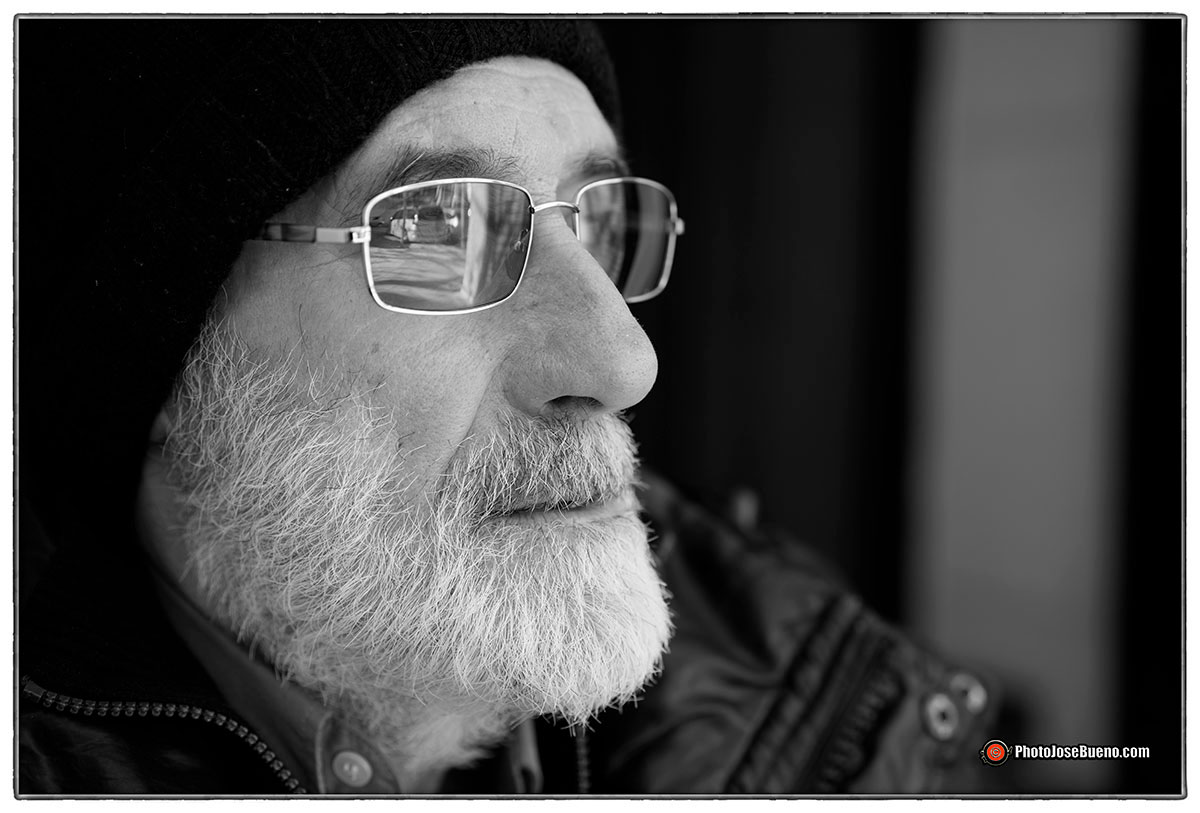
Sony A7R – Sony FE 55mm F1.8 ZA Carl Zeiss Sonnar T* – 1/80s – f:2.8 – ISO 100
Ahora bien, si lo tuyo son los retratos este es tu objetivo, pero no olvides que una de las ventajas de la Sony A7R es que tiene megapíxel para aburrir por lo que si necesitas hacer un retrato y tienes el 35mm. siempre puedes hacer recorte incluso con la cámara poniéndola en APS-C. Con este sencillo truco tendrás una visión más exacta que si haces el recorte en un ordenador.
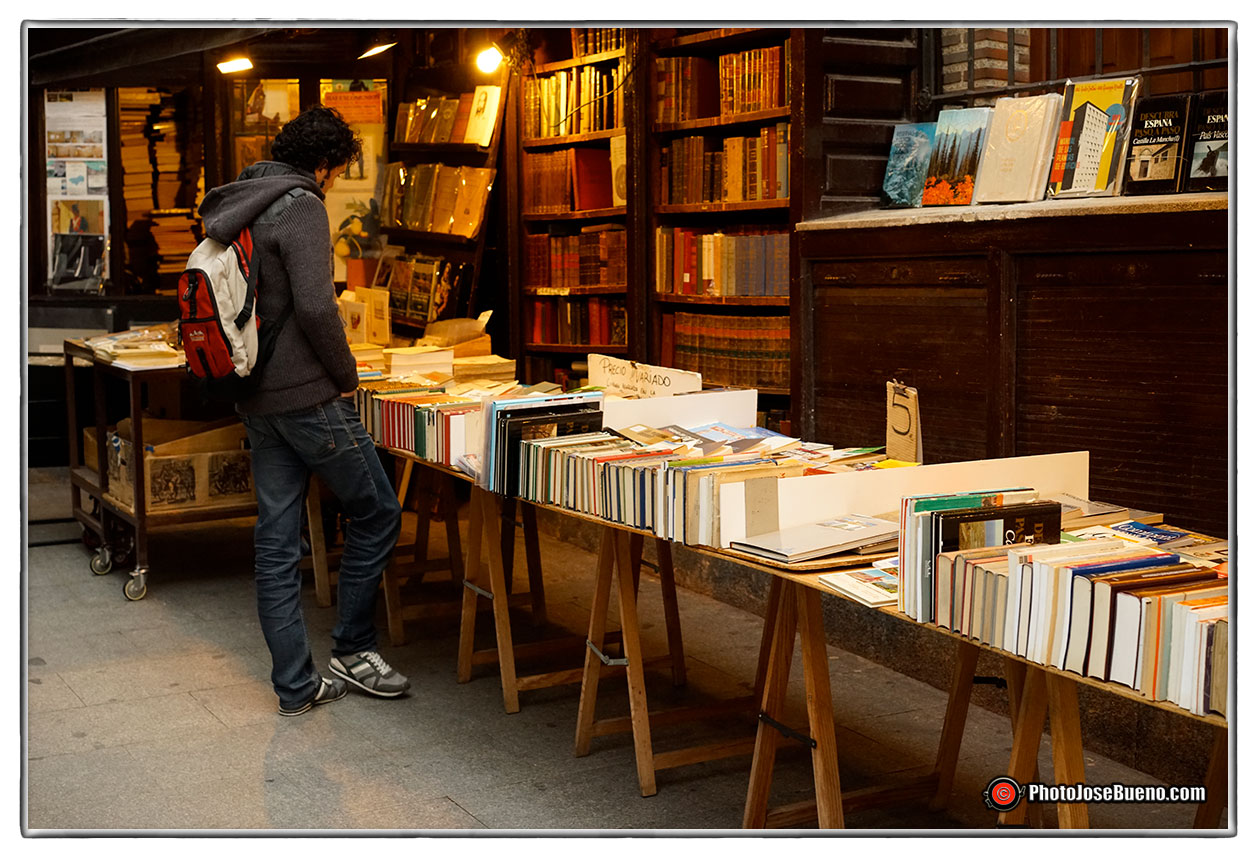
Sony A7R – Sony FE 55mm F1.8 ZA Carl Zeiss Sonnar T* – 1/60s – 1/60s – f/5,6 – ISO 2500
Pero veamos como es el Zeiss 55 en el terreno de juego. Este objetivo es bueno en todo, me explico, es bueno enfocando, es muy nítido y sus colores son muy fieles lo que le convierte en el objetivo ideal no solo para retratos que dicho sea de paso, en mi caso, estoy acostumbrado a focales más largas para ese menester.
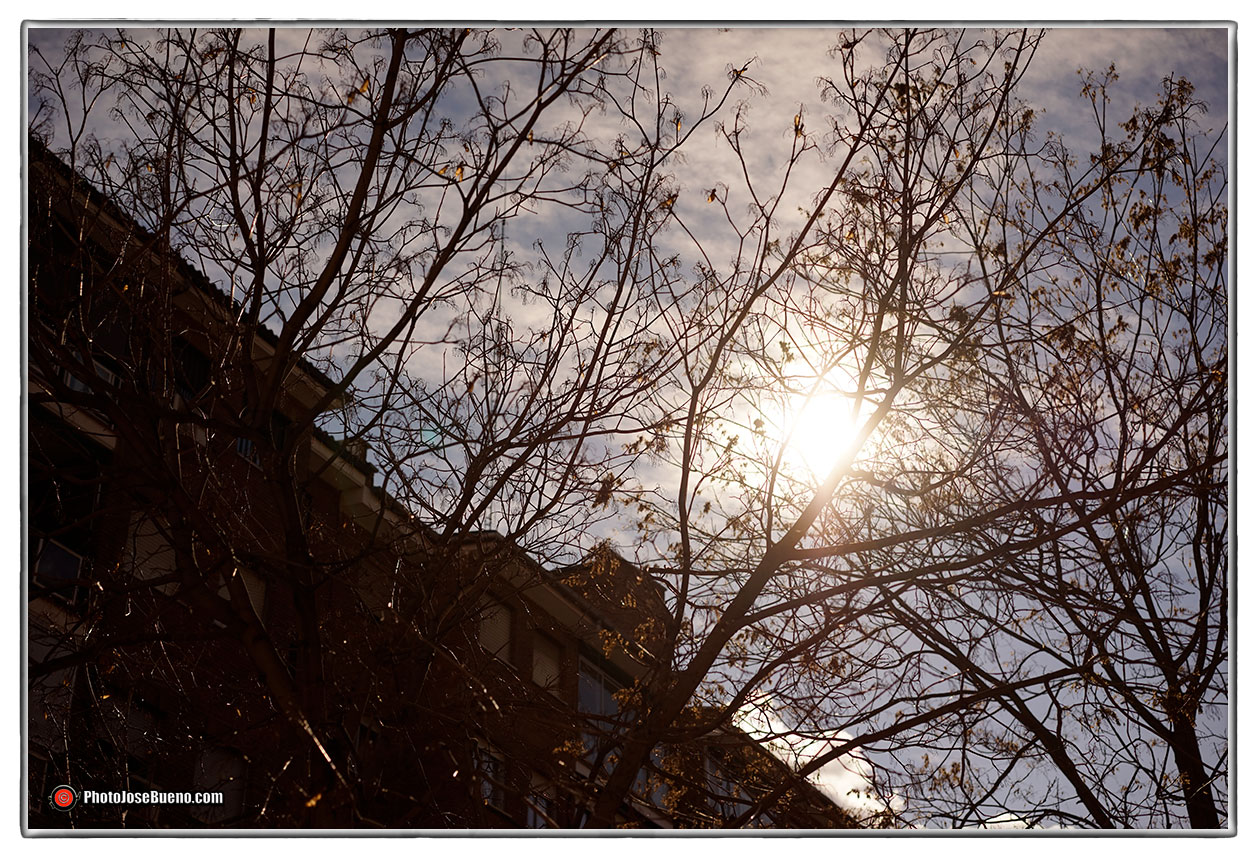
Sony A7R – Sony FE 55mm F1.8 ZA Carl Zeiss Sonnar T* – 1/3200s – f/4,0 – ISO 100
Es curioso que el sistema antirreflejos funciona a la perfección y apenas aparecen los famosos halos de aberración cuando hacemos fotos en condiciones de contraluces muy duros.
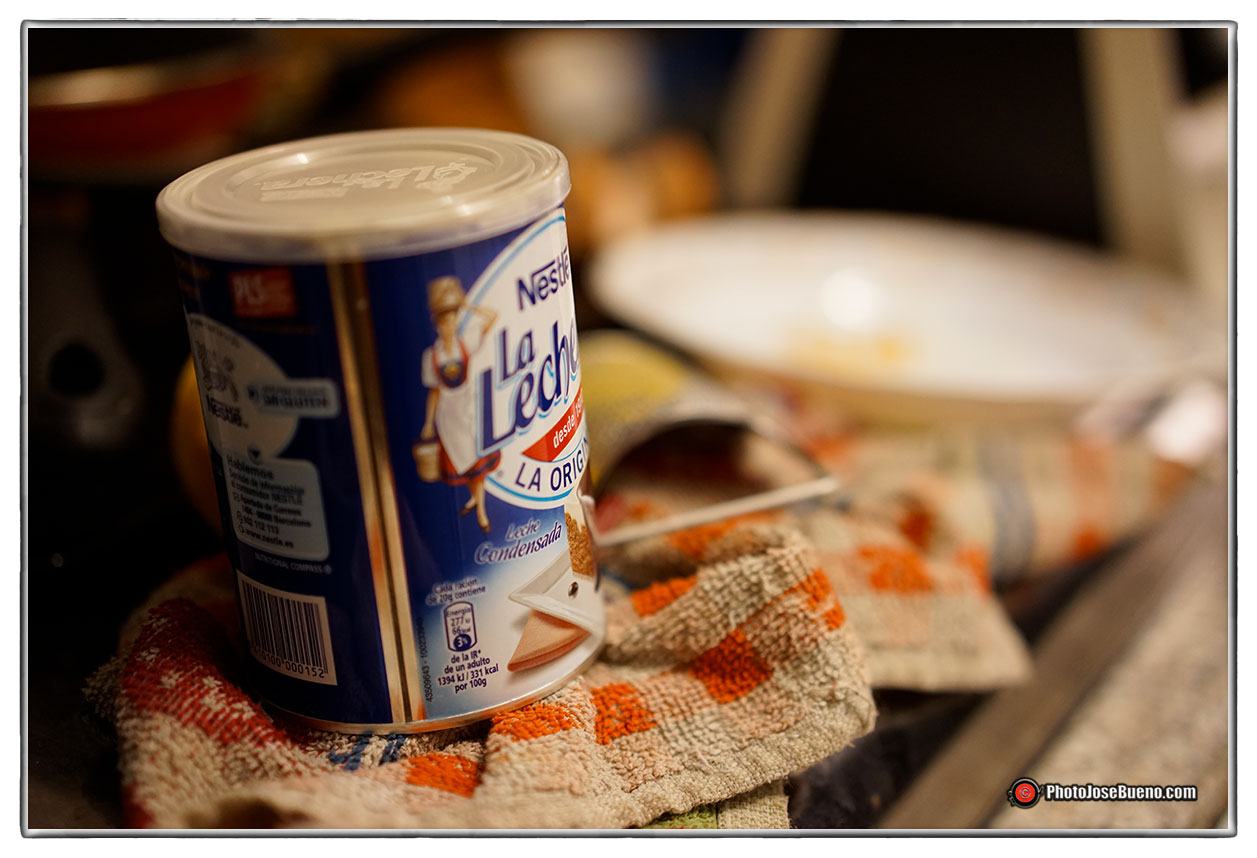
Sony A7R – Sony FE 55mm F1.8 ZA Carl Zeiss Sonnar T* – 1/60s – f/2,0 – ISO 1000
Su bucket enamora y es que no hay que confundir bucket con pérdida de definición. Este objetivo precisamente es nítido incluso en las esquinas y es por eso que si trabábamos con f:1.8, conseguiremos un buen bucket. ¿Pero esto es siempre bueno?. Seguro que estás pensando que sí y que es raro que me haga esa pregunta. Pues bien, hay una teoría que dice: «las ópticas además de tener un excelente bucket, si tienen una ligera pérdida en esquinas, generan mejor el famoso efecto 3D». Tu mismo debes decidir si esa teoría te convence.
Otro tema a favor de este objetivo es que apenas tiene distorsiones del tipo barrilete y eso es muy buena noticia ya que permite tomar imágenes por ejemplo de arquitectura que no necesiten una óptica angular y por supuesto la realización de fotografía de reproducción.
En fin, me quedo con la idea que este Zeiss 55 f:1.8 es un excelente objetivo en condiciones buenas de luz y en situaciones más comprometidas. Me ha sorprendido muy gratamente en todos los sentidos y es que si lo comparamos con el Zeiss Planar T*1.4/50 ZF.2, para montura Nikon, aún siendo más luminoso éste último, nada tiene que ver. Si duda el Zeiss para la A7/A7R es muy superior en todo y además con autofoco. Si, ya se que también el precio es muy alto pero en mi opinión, siempre merece la pena invertir en ópticas buenas.
El Sony Zeiss Vario-Tessar T* FE 24-70mm F4 ZA OSS
Para los amantes de ópticas con focal variable, este objetivo estabilizado, es muy interesante y es que en trabajos relacionados como social o zonas de paddok en los circuitos de velocidad, este es la focal que siempre llevo pegada en mi Nikon, me refiero al Nikkor 24-70 f:2.8. y es por ello que cuando pensé comprar una de las tres focales que estamos viendo en esta entrada, el 24-70mm era mi favorita.
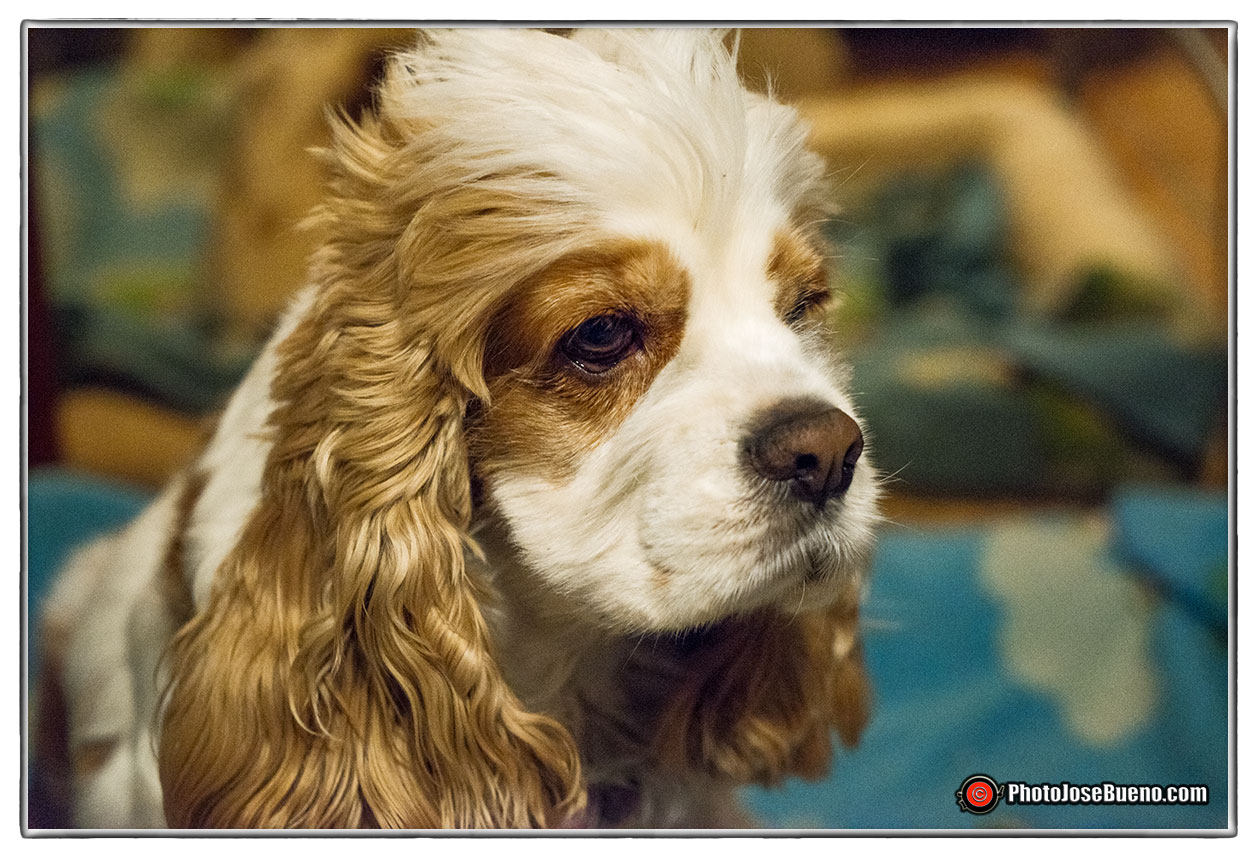
Sony A7R – Carl Zeiss Vario-Tessar T* FE 24-70mm F4 ZA OSS- 1/40 s – f/4,0 – ISO 6400
A priori lo que menos me gustaba era su luminosidad, f:4.0 y es que una óptica con ese rango de focal, que menos que hubiese contado con un f:3.5 como el famoso Leica R Vario-Elmar y no digo ya si fuese un f:2.8. Seguramente la elección de un f:4:0 ha sido fundamentalmente por tamaño y peso ya que el f:4:0 ya queda justo en una cámara tan pequeña de tamaño. El conjunto queda relaticamente compacto pero bien integrado aunque no tiene nada que ver con el Zeiss 35mm. que vimos al inicio de esta entrada.

Sony A7R – Carl Zeiss Vario-Tessar T* FE 24-70mm F4 ZA OSS – 1/100s – f/4,0 – ISO 100
Pero veamos como es su comportamiento. En mi opinión su calidad también es acorde a su precio y es que en todo el recorrido tiene un comportamiento muy bueno. Sin apenas aberraciones su color es excelente en la A7R y eso que he leído que pecaba de un viñeteado excesivo, pues bien, en las pruebas que he realizado con este Zeiss 24-70mm no he apreciado nada exagerado relativo a este tema pero claro no tengo los medios de un laboratorio.
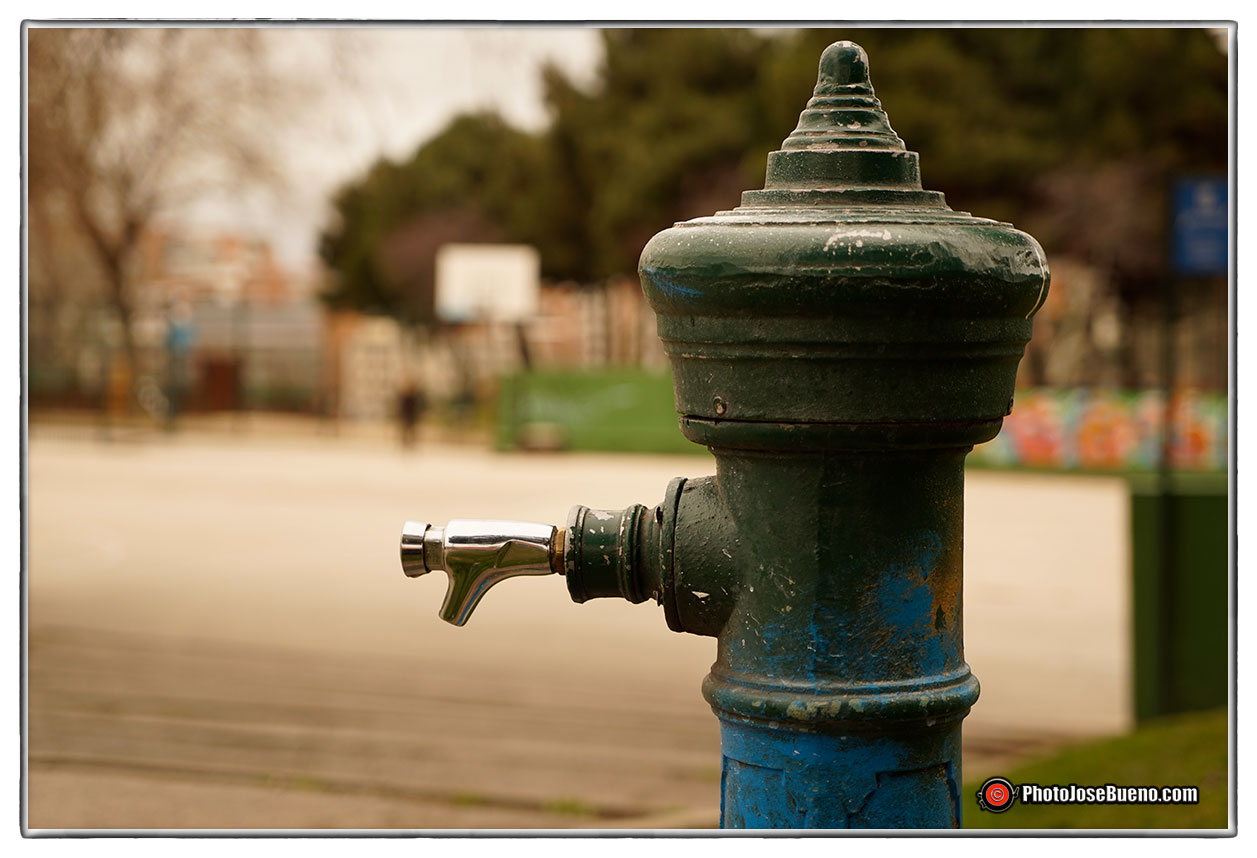
Sony A7R – Carl Zeiss Vario-Tessar T* FE 24-70mm F4 ZA OSS – 1/250 s – f/4,0 – ISO 100
Este zoom es interesante para todos aquellos que quieran su Sony para trabajos de social e incluso para viajar con solo un cuerpo y un objetivo y aunque su luminosidad no es la mejor y he detectado un efecto de barrilete mayor que en sus hermanos, se pueden obtener preciosas imágenes cargadas de un interesante bucket. Por cierto que nombre más largo tiene este zoom.
CONCLUSION:
Creo que Carl Zeiss y Sony han acertado con estas tres ópticas en cuanto a tamaño y peso si bien todos deseamos mejor luminosidad algo que por otra parte no es tan imprescindible en las cámaras de hoy en día que permiten trabajar en isos muy altos y el tema desenfoques no debe preocuparnos en exceso pues con acercarnos más a la escena, conseguiremos unos bellos buckets.
Pero … ¿cual me compro?
Ese es una respuesta de debes de meditar pues es un tema muy personal dependiendo del tipo de fotografía que haces. Claramente si empiezas con este sistema y te lo puedes permitir, compra los tres y olvida invertir en adaptadores y ópticas míticas.
Se que algunos colegas presumen que a ellos no les importa la nitidez y ese no es mi caso y me explico. Te imaginas que me encargan imágenes de un coche de carreras para vender su imagen a los exponsor y que la publicidad no se ve o se ve borrosa. Seguramente ese trabajo no lo pueda cobrar precisamente por falta de nitidez y es que hay que huir de esas «verdades» que se venden a veces con vehemencia y afortunadamente con estas tres ópticas Zeiss la nitidez existe.
En mi caso particular que dispongo de varias ópticas antiguas y sobre todo un sistema con el que trabajo habitualmente, creo que iré invirtiendo poco a poco en estas excelentes ópticas aunque es cierto que he cambiado el orden de preferencia pues mi favorito antes de esta prueba ha pasado a ser la tercera opción, me refiero al 24-70mm. pero no por un tema de calidad ya que le sobra y es que como he dicho anteriormente es un tema personal y esa focal la tengo bien cubierta en el sistema Nikon aunque su tamaño y peso sean un poco menos contenido.
He visto ya varios objetivos de 35mm. a la venta y eso a pesar del poco tiempo que llevan en el mercado. Voy a decir algo sin acritud y no me gustarían las mal interpretaciones: muchos aficionados no saben o no se acostumbran a trabajar con una focal fija y de este tipo. Por otra parte creo que la famosa nitidez del 55mm. ha hecho que más de un usuario haya querido cambiar a éste y es posible que aproveche la coyuntura y compre un 35mm. a un precio más que interesante.
Sony A7R native Zeiss lenses ? …Yes, please !
A few weeks ago left me to test the three optics manufacturer Carl Zeiss has designed for full frame Sony A7 and A7R. Some optical surname ZA and manufactured by none other than the legendary origin marking Germano Carl Zeiss and that is quality assurance. I must admit that I am in love with the Zeiss and Leica lenses whether or not «Made in Germany» as ensuring a good quality usually is the design and manufacturing processes . I know that purists speak German crystals etc, etc.. but also who has bothered to analyze the composition of these crystals and the end is more of the same and the performance, tolerances, etc.. given the quality of these processes .
That said, I was very curious to see the behavior of these three approaches and to be honest if I had my own pre – analysis only see openings, etc.. We advance that after the test, I have drawn several conclusions and have even changed the order of preference when buying and is already advance that the three I liked a lot but I’d appreciate expect the end to see my findings. I also dared to make comparisons and as they say, but comparisons are odious but to share what I’ve tried is not me .
I’ll start :
The EF 35mm F2.8 ZA Sony Carl Zeiss Sonnar T *
This ideal target for street photography I was not convinced much by its brightness and a f:2.8 seemed small in comparison with the famous Leica M Summicron 2.0.
After trying for a few days I must admit that I love this view is that its weight, size and quality make it a goal to buy the camera. It is an optical to any angle that you have to adapt this process for years but it still got over being in love with telephoto lenses.
The Zeiss 35 is very sharp in the center at all apertures , including f:2.8 and falls a little in the corners at full aperture but compared to the Leica 35 f : 2.0 aperture equal in general and especially in the corners, the Zeiss wins by a landslide and the Leica M lenses are designed to be very close to the movie and now the sensor and that perhaps is not the best for full frame such as the Sony A7/A7R.
Vignetting is little appreciable Zeiss and Leica Summicron more evident for the same reason I mentioned before.
The best performance with the Sony Zeiss 35 A7R is when we use diaphragms between f:5.6 and f:8.0. What was a pleasant surprise is the color. A very accurate color daylight because in my opinion the worst works in Sony A7R is the auto white balance in tricky lighting conditions but if the light is good, the camera, the Zeiss optics are excellent. Here also the native Zeiss hit an overview of the legendary Summicron has always boasted of being the best time to capture the light, but that’s on a Leica body and the colors that go with a Sony A7R I find something «acids».
Moreover focal f:2.8 is enough to work at night as we have two factors play in favor, one is able to work with high isos and one in which there is no mirror to cause vibration and SLRs . Of course I had been a better focal f:1.4 but that means weight and size and in the end nothing is perfect. If you also use the target street photo , it is normal to use diaphragms near af:8.0 system to use the hyperfocal not know if I invite you to meet him here .
The Sony Sonnar T * 55mm f/1.8 ZA FE
This goal has been made famous by its excessive sharpness. It also has a very interesting opening. But is it really that good?
Well yes it is very, very good. This goal was initially my first choice for its famed clarity and usability in the picture but maybe stay a little longer just to have that perspective. For my decision is against that is more expensive than the 35mm. and perhaps less desirable to always wear, both size and without being a focal angle as necessary on many trips and day to day.
Now if you’re into portraits this is your goal, but do not forget that one of the advantages of the Sony is that it has megapixel A7R to bore so if you need to do a portrait and have the 35mm. you can always cut even with the camera putting on APS-C. With this simple trick will have a more accurate view that if you make the cut in a computer.
But let’s see how is the Zeiss 55 on the pitch. This lens is good at everything, I mean, it’s good focusing, is very crisp and the colors are very loyal making him the ideal target not only for portraits which by the way, in my case, I used to focus more long for that mission .
Interestingly, the anti-reflective system works perfectly and just show the famous aberration halos when we take pictures in very harsh backlighting.
Your bucket falls and is not to be confused with loss of definition bucket. This objective is precisely sharp even in the corners and that is why if trabábamos with f:1.8, get a good bucket. But is it always good ?. Sure you ‘re thinking and yes it’s weird that you asked me that . Well, there is a theory that says, » Optical besides having an excellent bucket, if they have a slight loss in corners, better generate the famous 3D effect.» You must decide if it convinces you that theory .
Another issue for this objective is that just has barrel distortion type and that is very good news because it allows taking pictures of architecture such that do not require optical angular and of course the embodiment of photography reproduction .
Anyway, I prefer the idea that this Zeiss 55 f : 1.8 is an excellent lens in good light and in tricky situations . I was very pleasantly surprised in every way and that is if we compare it with the Zeiss Planar T * 1.4/50 ZF.2 for Nikon mount, still being brighter Finally it has nothing to do . If you doubt the Zeiss for A7/A7R is far superior in all and also with autofocus. If, as is also the price is very high but in my opinion, always worth investing in good lenses.
The Sony Zeiss Vario- Tessar T * 24 -70mm F4 FE OSS ZA
For lovers of lenses with variable focal , this stabilized lens, is very interesting is that in work related social or areas paddok in speed circuits, this is the focal I always have stuck in my Nikon, I mean the Nikkor 24-70 f:2.8. and that is why when I thought to buy one of the three focus we are seeing in this post, the 24-70mm was my favorite .
A priori what I liked least was its luminosity, f:4.0 and a lens with that focal range , that unless he had had an f : 3.5 as the famous Leica Vario- Elmar R and not tell ya if it were a f:2.8. Surely the choice of f:4.0 has been mainly due to size and weight as the f:4.0 and is just such a small size camera. The set is compact but well integrated relaticamente though it has nothing to do with the Zeiss 35mm. we saw at the beginning of this entry.
But let’s see how their behavior. In my opinion the quality is also consistent with its price and is all the way has a very good behavior. Hardly aberrations excellent color in A7R and I’ve read that sinned excessive vignetting, well, in the tests I’ve done on this Zeiss 24-70mm have not appreciated nothing over on this subject but no clear I have laboratory media .
This zoom is interesting for those who want to work with your Sony social driving and even just a body and a goal and although its luminosity is not the best and I detected a greater effect on his brothers keg , can be obtained beautiful images full of interesting bucket. Certainly longer name has this zoom.
CONCLUSION:
I think Carl Zeiss and Sony have hit with all three approaches in terms of size and weight but we all want something better brightness which otherwise is not as essential in cameras today for working at very high isos and theme blurs should not worry too much as to get closer to the scene, get some beautiful buckets .
But … what should I buy?
That’s a response from you to meditate because it is a very personal issue depending on the type of photography you do. Clearly if you start with this system and you can afford it, buy three and forget to invest in optical adapters and mythical .
I know some colleagues hypothesize that they do not mind sharpening and that’s not my case and explain. You imagine me to handle images from a race car to sell your image to Exponsor and that advertising is not or is blurred . Surely that work can not charge what precisely blur and you have to escape these «truths» that are sold sometimes with vehemence and fortunately these three Zeiss optical sharpness there .
In my case that I have several old lenses and especially a system that usually work, I think I’ll go invest gradually in these excellent optical while it is true that I have changed the order of preference for my favorite before this test has I become the third option, I mean the 24-70mm. but not by a quality issue as to spare and as I said above is a personal matter and that have well covered the focal in the Nikon system, although its size and weight are a little less content.
I’ve seen several objectives 35mm. for sale and that despite the short time they have on the market. I’m going to say something without bitterness and I would not like misinterpretations: many fans do not know or are not used to work with a fixed focal length and such. Moreover I think the famous 55mm sharpness. has made more than one user has wanted change and they might take advantage of the situation and buy a 35mm. at a more than reasonable price .


